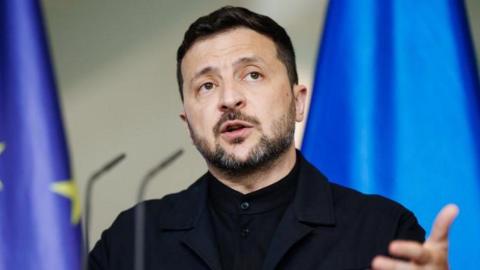The global race for critical minerals—such as lithium, cobalt, and rare earth elements—has intensified as major powers position themselves to dominate the future of clean energy, advanced manufacturing, and defense technologies. In Ukraine, the U.S. has not only backed military resistance but also sought to reshape economic and energy frameworks to reduce dependency on adversarial powers like Russia and China. This strategic model raises a provocative question: Can the U.S. apply similar tactics in the Middle East to secure its mineral interests?

The Ukraine Playbook: A Strategic Framework
The U.S. involvement in Ukraine extends beyond military aid. It includes:
-
Economic realignment: Encouraging Ukraine to break ties with Russian economic systems.
-
Energy independence: Promoting Western investment in Ukrainian energy and mining sectors.
-
Diplomatic pressure: Using multilateral institutions like the IMF and World Bank to incentivize Western alignment.
This strategy has opened up pathways for Western access to Ukraine’s substantial mineral wealth, including titanium, lithium, and rare earth elements. The model blends hard power (military and sanctions) with soft power (diplomatic and economic integration).
Middle East Mineral Landscape
The Middle East is traditionally associated with hydrocarbons, but it is also rich in:
-
Phosphate (Jordan, Saudi Arabia, Morocco)
-
Copper and zinc (Saudi Arabia, Oman)
-
Uranium and rare earth elements (Turkey, Iran, Egypt, and Saudi Arabia)
As global demand for these minerals increases, particularly for energy transition technologies, the strategic value of the region is being redefined.
Potential for Applying Ukraine-Style Tactics
1. Strategic Alliances
The U.S. has long-standing military and economic relationships with countries like Saudi Arabia, the UAE, and Jordan. These could be leveraged to secure supply chains through:
-
Bilateral agreements
-
Joint ventures in mining
-
Technology transfer and investment guarantees
2. Resource Diplomacy
Just as the U.S. helped shape Ukraine’s resource governance to align with Western markets, it could promote reforms and transparency in Middle Eastern mining sectors. This may involve:
-
Encouraging regulatory reforms
-
Supporting local workforce development
-
Integrating Middle Eastern resources into Western supply chains
3. Security-Driven Engagement
In unstable nations like Iraq, Syria, or Yemen, the U.S. might engage under the guise of counterterrorism or peacekeeping, while quietly pursuing access to underexploited mineral deposits—akin to how rare mineral discussions emerged alongside military assistance in Ukraine.
Limitations and Ethical Considerations
1. Geopolitical Complexity
The Middle East features entangled rivalries, including U.S. relations with Israel, Iran, and the Gulf states. Any mineral-focused strategy risks upsetting delicate balances or inviting conflict with actors like China and Russia, who are also investing in the region.
2. Public Perception
Applying “Ukraine-style tactics” in the Middle East could be perceived as neocolonialism—extracting resources under the pretext of democracy or security. This may generate regional resentment and global criticism.
3. China’s Influence
China’s Belt and Road Initiative (BRI) has made deep inroads into Middle Eastern infrastructure, including mining. Countering this influence would require long-term strategic and economic commitments from the U.S.

